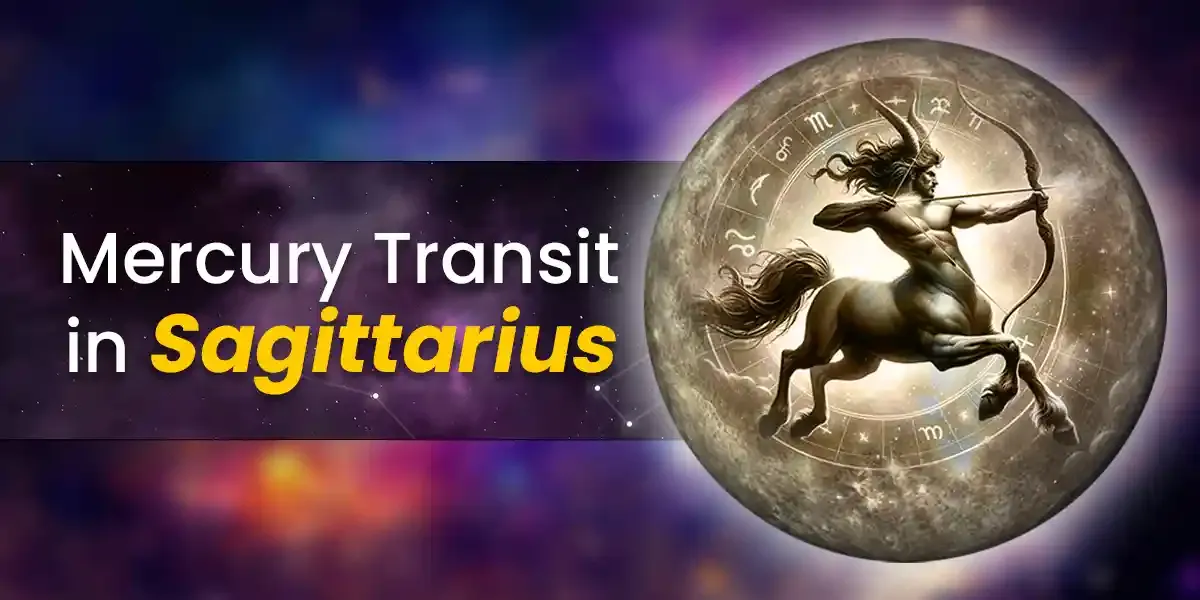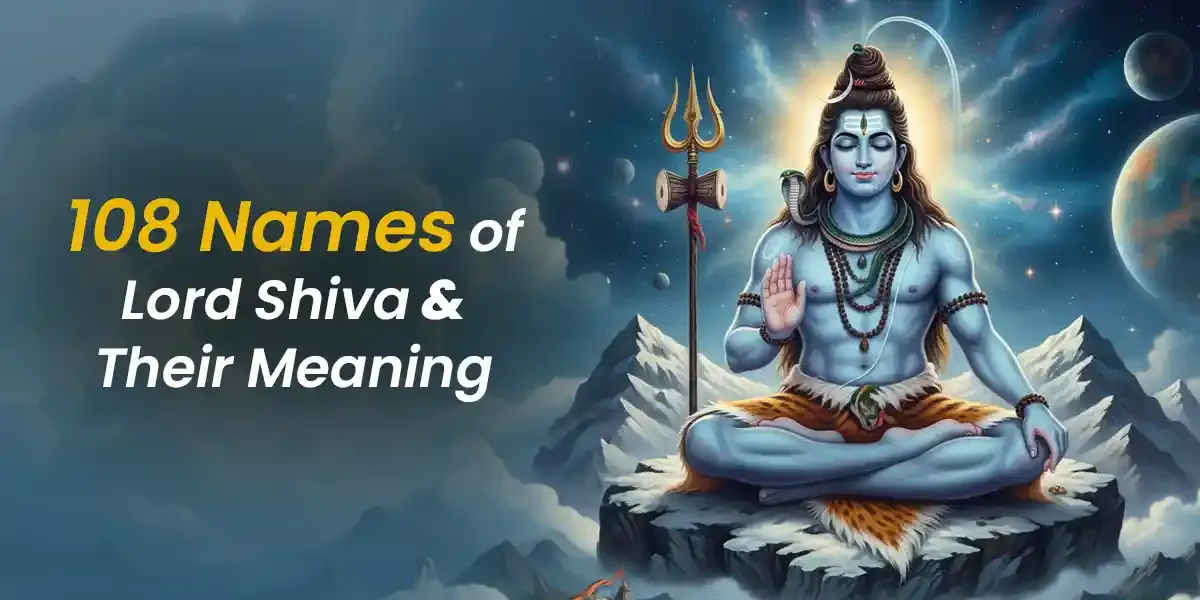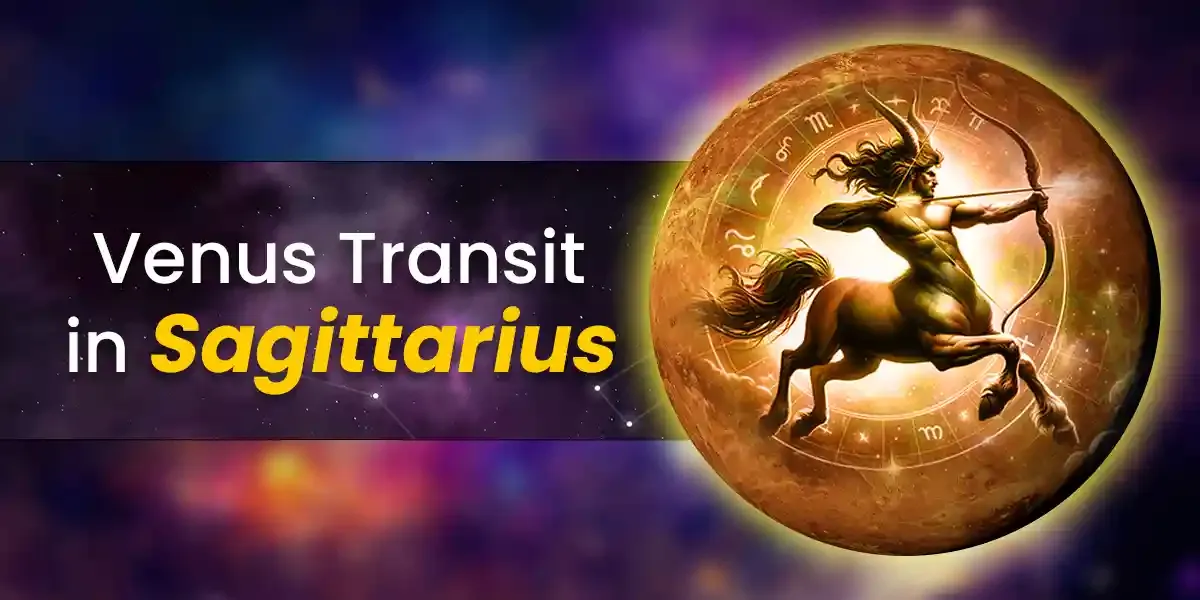
The air of festivity is enveloping us!
Dhanteras, also widely known as Dhantrayodashi, is the first day of the five-day Diwali celebrations. This auspicious festival marks the beginning of the most-anticipated Diwali festivities. The homes and businesses are illuminated with dazzling lights. And everyone is looking forward to bringing new purchases home and beginning the festivities on Dhanteras. No wonder Dhanteras is the beginning of joy and festivity across the country.
Dhanteras 2024 Date And Time: When Will It Be Celebrated?
Dhanteras falls on the Trayodashi (thirteenth day) of Krishna Paksha in the Kartik month. The Dhanteras 2024 will fall on 29th October 2024 (Tuesday). The occasion falls in late October or November. The festival of Diwali falls two days after Dhanteras, i.e., on the Amavasya following Dhanteras.
The Dhanteras timings given below are as per New Delhi, India.
Dhanteras Puja- 29th October 2024 (Tuesday)
Puja Timing- From 06:31 PM to 08:13 PM
Vrishabha Kaal - From 06:31 PM to 08:27 PM
Pradosh Kaal - From 05:38 PM to 08:13 PM
Trayodashi Tithi (Beginning Time)- 10:31 AM, 29th October 2024 (Tuesday)
Trayodashi Tithi (Ending Time) - 01:15 PM, 30th October 2024 (Wednesday)
Yama Deepam- 29th October 2024 (Tuesday)
Note: The timings can vary depending on your geographical location. So, it is recommended that you check out the Hindu Panchang for the correct timings.
About Dhanteras Puja Muhurat
Lakshmi Puja on Dhanteras should only be conducted during Pradosh Kaal, which starts after sunset. The one hour and forty-one minutes mentioned above is the right time to perform the Dhanteras Puja. The ideal time for Lakshmi Puja to be done on Dhanteras is when Pradosh Kaal is going on while the Sthir Lagna prevails.
The Sthir Lagna signifies that Goddess Lakshmi will bless you abundantly and stay in your home if you perform the Dhanteras Puja during this Muhurat. The Vrishabha Lagna is regarded as Sthir Lagna and often coincides with Pradosh Kaal. Moreover, the Choghadiya Muhurat is not recommended as it is only suitable for traveling. Business communities hold this Puja in great esteem and celebrate the festival with fanfare.
Searching for today’s good time and bad time? Astroyogi can offer you all the information you need.
Significance of Dhanteras
Dhanteras is dedicated to purchasing commodities. It is referred to as the festival of wealth. Dhanteras integrates "Dhan", which denotes wealth, and "Teras", representing the thirteenth day. It is the day when acquiring new assets, gold and silver jewelry, and utensils, are believed to attract prosperity into people's homes.
Goddess Lakshmi (bestower of good fortune and wealth) is the focus of devotion on this occasion. People invite the Goddess to their homes. This is why cleaning and whitewashing homes are finished a day before Dhanteras.
Along with Goddess Lakshmi, Lord Kubera, the God of wealth, is also worshiped on this auspicious day. Some people also worship Lord Dhanvantri, the Hindu God of Ayurveda, for good health and long life during Dhanteras. Legend states that Dhanteras was the day when Lord Dhanvantri acquired the Amrit Kalash, or the pot of nectar, during the Samudra Manthan. Hence, this festival is also celebrated as Dhantrayodashi and Dhanvantri Jayanti.
This celebration marks the finding of the "Amrit Kalash" by Lord Dhanvantri. When God Dhanvantri emerged from the sea, he had a pot full of 'elixir', so you are recommended to purchase utensils on the day of Dhanteras.
Mythological Legends Associated with Dhanteras: The Story Behind It
There are many mythological stories about Dhanteras, varying from region to region. As mentioned above, one of the well-known tales is associated with Samudra Manthan. It is widely believed that on Dhanteras, the seas were churned for "Amrit" or nectar or elixir. It is believed that Lord Dhanvantri came out of the sea carrying the pot of "elixir", or nectar meant for a long and healthy life.
Many places in India celebrate Dhanteras as Yama Trayodashi. An interesting story related to this is about a king named Hima. The king had a son who was doomed to die of snakebite four days after his wedding. The newlywed bride of the prince had a smart idea to keep Lord Yama (Lord of death) at bay. She didn't let the prince sleep on that particular day and lit earthen lamps (Diyas) and lanterns inside the palace. She placed heaps of sparkling jewels, ornaments, gold and silver coins, and gems at the entrance door of the prince's sleeping chamber. She sang songs and narrated stories to keep her husband from sleeping and to avoid the snake bite.
When Lord Yama came disguised as a snake to take the prince's life, he was dazzled and impressed by the display of wealth and lights in the palace. He sat on the heap of jewels and listened to the bride's songs and stories the whole night. He slithered away silently in the morning without taking the prince's life. Hence, the tradition of purchasing gold and silver coins and ornaments started, and this day started being celebrated as Dhanteras.
Dhanteras Puja At Home: Rituals Associated with The Festival
Dhanteras celebrations start many days before the actual day of the festival.
People clean their homes and offices to remove all clutter and decorate them with flowers, Rangoli, and lamps. They decorate every house’s entrance with beautiful Rangoli designs and draw Goddess Lakshmi’s footprints with rice flour and Kumkum at the entrance and the door. It signifies inviting Goddess Lakshmi to visit their homes and reside there permanently.
Dhanteras is the festival where people worship deities Lord Dhanvantri, along with Goddess Lakshmi, and Lord Kubera. Therefore, this festival celebrates good fortune, prosperity, abundance, and good health.
Dhanteras Lakshmi Puja is conducted on this festival to attain prosperity and wealth.
To perform Dhanteras Puja, light a Diya (earthen lamp) filled with desi Ghee. You must apply Tilak, offer garland and flowers to the deities, and present them with fruits and sweets. Also, light incense sticks.
You can chant Mantras or hymns dedicated to the deities. At the end of the Puja, perform Aarti with devotion.
Also, distribute Prasad among all your family members and friends.
The ancient Hindu scriptures advise us to worship Lord Dhanvantri with Shodashopachara, an extensive traditional ritual consisting of sixteen distinct worship procedures followed during Lord Ganesha's worship. It includes the following.
Dhyanam and Avahanam – Invite the deity through chants and meditation.
Asanam – Offering a seat to the divine entity.
Padyam – Washing the feet of the deity with water.
Arghyam – Offering water to wash the deity’s hands and to drink.
Achamanam – The ritual of sipping the sanctified water from the palm for internal purification before beginning the worship.
Snanam – Bathing the deity in Panchamrit (honey, milk, sugar, curd, and Ghee).
Vastram – Offering new clothes to the divine form.
Yagnopaveetham – Offering the sacred thread, known as Janoi, to the deity.
Gandham – Offering aromatic substances such as fragrance, sandalwood paste, turmeric, and Vibhooti to the divine.
Pushpam – Offering the choicest flowers to God.
Dhoopam – Lighting incense sticks to appease the divine form.
Deepam – Lighting Diyas (clay lamps with ghee-immersed wicks) and offering them to the divine entity.
Naivedyam – Offering the deity fresh and specially prepared food, seasonal fruits, and sweets.
Tambulam – Offering the deity a mix of betel nuts and betel leaves.
Karpoora Niranjanam – Offering Aarti to the divine form by burning camphor and ringing bells.
Pradakshina And Namaskaram – Circumambulating the divine form and bowing down in reverence to God, showing humility and seeking forgiveness.
One of the significant Dhanteras rituals is purchasing silver or gold items or utensils. Purchasing these items is believed to play a major role in bringing good fortune and harbingering riches in your household.
On this festival, people decorate their homes, especially their front gate or courtyards, with dazzling lights and Diyas, as Dhanteras marks the arrival of Diwali.
Another major Dhanteras ritual is that thirteen Diyas are proffered to Lord Yamraj during the evening. These Diyas should be kept in different places in the house, such as at the entrance, Puja room, etc. Each Diya is set to have its own specific meaning and significance.
Give this a read: Which Color Should You Wear Today? Let Astrology Guide Your Daily Choices
Shopping on Dhanteras
Dhanteras is the right time to purchase utensils like pots and pans, as it signifies the pot of elixir brought out by Lord Dhanvantri. People can buy precious silver and gold jewelry, coins, kitchenware, idols of Lord Ganesha and Goddess Lakshmi (made of clay or metal), electronic items, etc., on Dhanteras and seek Goddess Lakshmi's blessings.
While knowing what to buy during Dhanteras is important, knowing what not to buy is just as important. Therefore, here are some tips that you should know about Dhanteras.
One should not purchase oil, steel, iron, aluminum, plastic products, empty vessels, glass products, and sharp objects because they are said to bring bad luck.
One should not lend or borrow during Dhanteras. Even repaying a loan during Dhanteras is considered inauspicious.
It is also advised not to consume non-vegetarian or Tamasic food and refrain from indulging in alcohol.
Everyone should light thirteen earthen lamps during the Pradosh Kaal and place them outside the house facing South (Yama's direction).
Do you have more questions about the rituals and traditions related to a festival? If so, the Astroyogi astrologers can help.
Concluding thoughts
Dhanteras is an important festival that kickstarts the Diwali festivity. It signifies the worshiping of Goddess Lakshmi for eternal prosperity and Lord Dhanvantri for their well-being. Therefore, carefully note the Dhanteras 2024 date and timings to celebrate the festival properly.
May you have a wonderful Dhanteras 2024!
Astroyogi wishes you a Happy Dhanteras
If you are willing to know about your life's precise predictions, download the best astrology app Astroyogi now!
Our in-house team of writers comprises of vibrant, like-minded, and curious souls who are passionate about helping people find joy and motivation through the magic of words. Our writers are keen on using their skills to make the study of divination sciences a guiding tool in people's lives. They hold expertise in writing on a myriad of topics related to Indian Astrology, Spirituality, Planetary Movements, Vastu Shastra, Numerology, and Tarot among several others. The Astroyogi team aims to write articles that can help the readers lead a life of peace and tranquility whilst enjoying the many ups and downs of life!




































